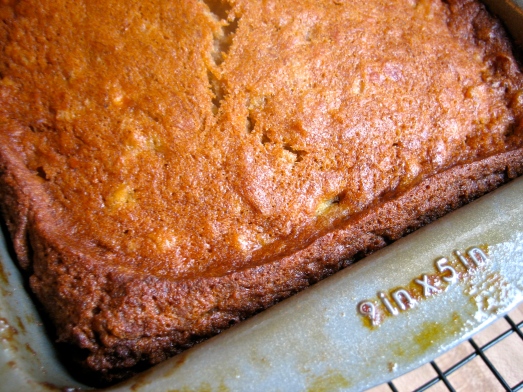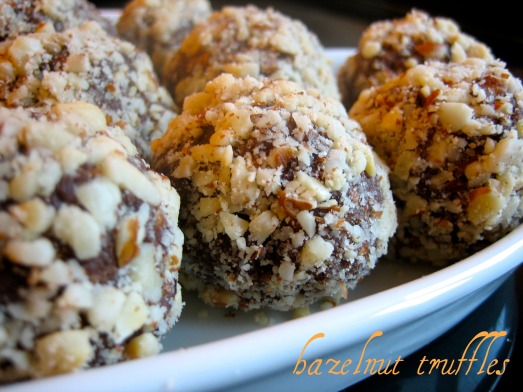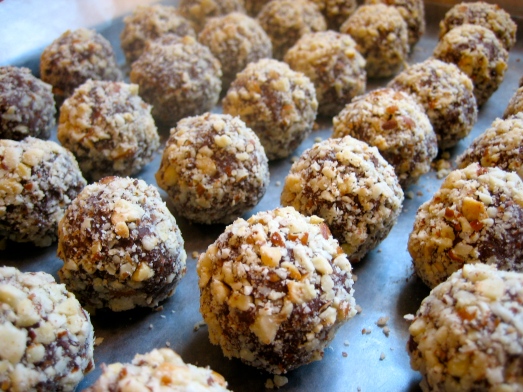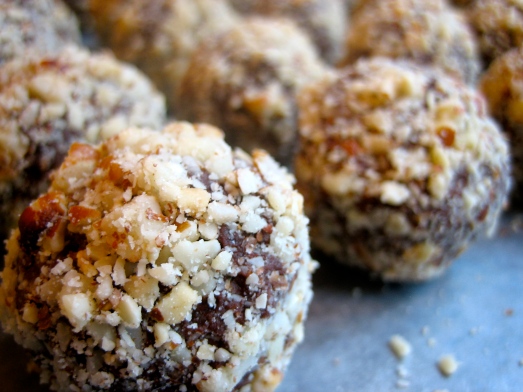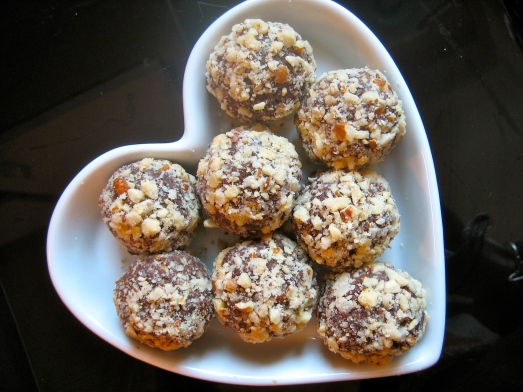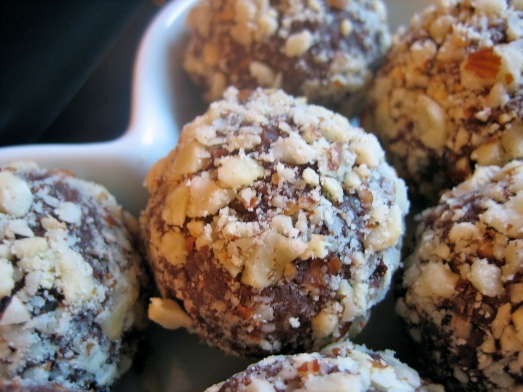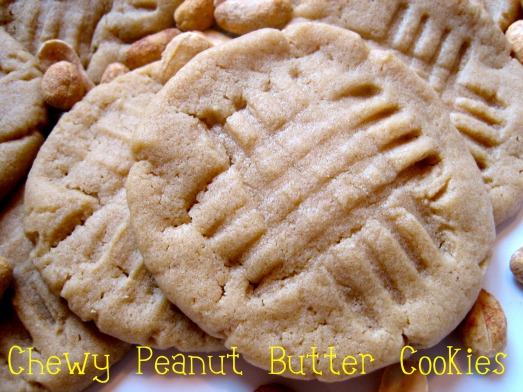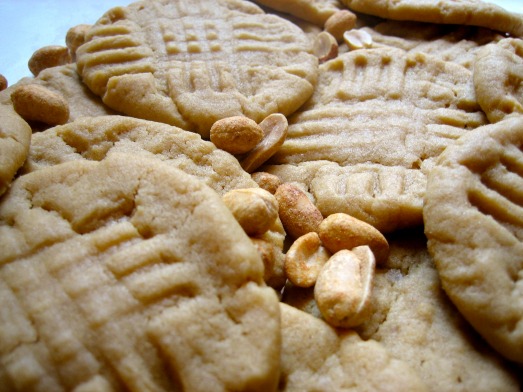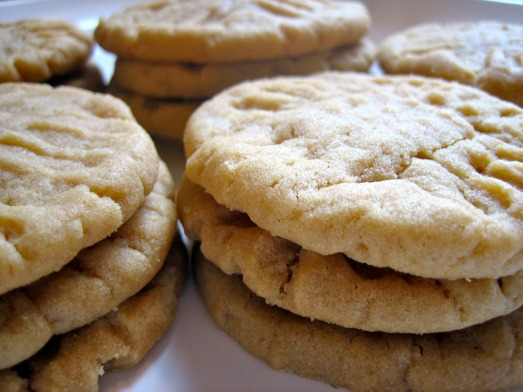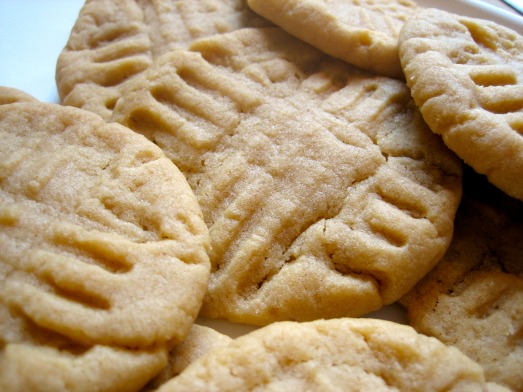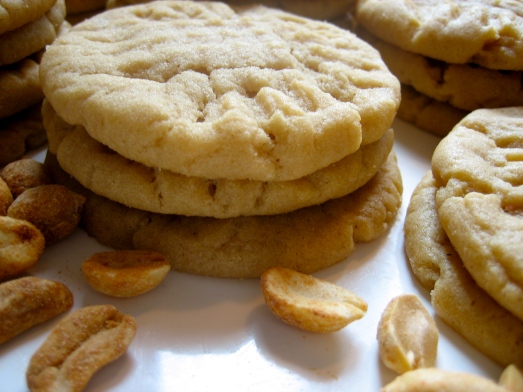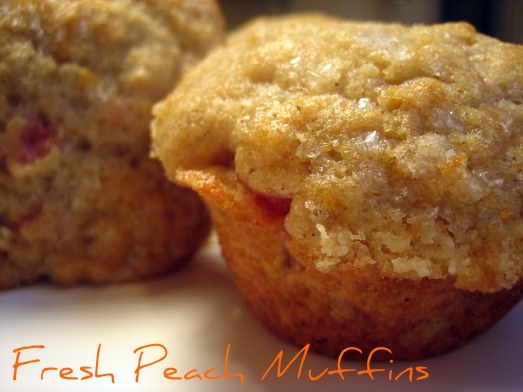
*Just wanted to apologize that this post is a little late- as some of you know, I’ve been under the weather for the past few weeks, and unfortunately, I really wasn’t feeling well yesterday. I hope you understand!*
You may have guessed from my SMS selection last week, that I have a fondness for quick breads. My only criticism is that while they may be “quick” to prepare, the long bake time of an hour or more often means waiting (rather impatiently, I must admit) to sit down with a slice of delicious loaf. But the option to make individual serving sizes in the form of muffins can save the day when you’re craving a sweet breakfast treat that can be on the table in less than half the time! Whether you’re a self proclaimed muffin top lover like myself, preferring to indulge in the soft textured, yet slightly crispy and caramelized exterior of the mushroomed muffin dome, or you favor the rougher, tight crumb of the bottom portion, often dubbed the “muffin stump,” most would agree that a muffin is the ideal breakfast pastry. With endless combinations of possible mix-ins and featured ingredients, the modern American muffin has a variation to please every palate, from blueberry to chocolate chip, pumpkin to date nut, lemon poppyseed to banana crumb, and bran to corn- there are plenty of styles to choose from and it can be difficult narrowing down a favorite. As summer comes to a close, I’m tempted to incorporate the bounty of readily-available ripe, juicy fruits in my baked goods as often as possible while they are still in season. Thanks to JoVonn of The Givens Chronicles, this week’s SMS recipe, Fresh Peach Muffins, offered the perfect opportunity to try a muffin flavor I’ve never made before, and highlight the bright luscious stone-fruit one last time before Fall sets in.
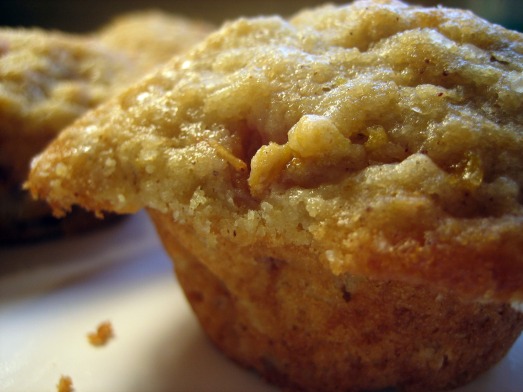
The word “muffin” was possibly derived from the Old French moufflet, which referred to “soft bread,” or the German muffen, meaning “small cake.” The earliest versions tended to be less sweet and much less varied in ingredients than their contemporary form. Pulled together quickly and easily, muffins were usually served as a breakfast food, but because they also grew stale rapidly, they were not a highly marketable baked good and remained mostly in home kitchens until the mid-20th century. Fannie Merritt Farmer included 15 recipes for muffins in her Boston Cooking-School Cook Book of 1896, however most were limited to a few different grains and some readily available additives like raisins, apples, berries, and nuts. So how did the modestly simple mini cake transform into the elaborate super-sized version we’re accustomed to today?

The 1950’s saw the introduction of muffin mixes to the market, but it was a combination of circumstances in the ‘70’s and ‘80’s that resulted in major changes to the breakfast baked good. The decline in home-baking, the health food movement, the rise of the specialty food shop, and the gourmet coffee trend all contributed to the evolution of the modern day muffin. “Healthful” muffin recipes using whole grains, yogurt and various vegetables became prolific, but in order for these muffins to maintain any shelf-life without artificial preservatives, both the sugar and fat content needed to be increased, making these treats more comparable to their cupcake counterparts. (The higher sugar and fat content act as tenderizers, and minimize gluten development, producing a richer cake-like muffin with a softer crumb.) With the emergence of gourmet coffee houses, there was a need for gourmet snacks to serve as accompaniments, and fancier recipes were created which departed from the humble originals. Thanks to the marketing trend toward larger portion sizes, muffins ballooned to the soft-ball size jumbos now abundantly available, and new pans were created for the home cook to replicate the extra large versions lining every coffee shop pastry case.

What makes Melissa Murphy’s basic sweet muffin recipe special is its flexibility- it can be dressed up with the addition of different citrus zests, spices, and fruits to suit your taste or accommodate ingredients on hand. In this variation, peaches play a starring role with accents of orange zest and cinnamon. While the flavors are subtle and mellow, they coordinate and complement each other nicely. These muffins are nicely moist, with a large open crumb. While hefty and substantial, they are surprisingly fluffy, though they lack a certain softness and delicacy I prefer in my quick breads. My only modifications to the recipe were to add a teaspoon of vanilla and a heaping cup of peaches to the batter- I think they could use even more fruit, as the peach to muffin ratio needs improvement. I also added sanding sugar to the tops, giving the muffins a certain sparkle and sweet crunch to every bite. Though this will not replace my favorite muffin recipe, it is a solid addition to my baking repertoire because of its adaptability.

I have to send out a double thank you to JoVonn of The Givens Chronicles– first, for this week’s SMS pick- please visit her lovely site to find the recipe, and check out the multitudes of muffins whipped up by the other bakers on our blogroll! Second, I’m so excited to have JoVonn join me for this round of Operation Baking GALS as a member of Team Oven Loving for the Recovering. It is so kind of her to dedicate time and energy as a volunteer baker, and I know the soldiers will truly appreciate her contribution. If you’re interested in getting involved, there’s still time to sign up- please don’t hesitate to get in touch for more information! 🙂



